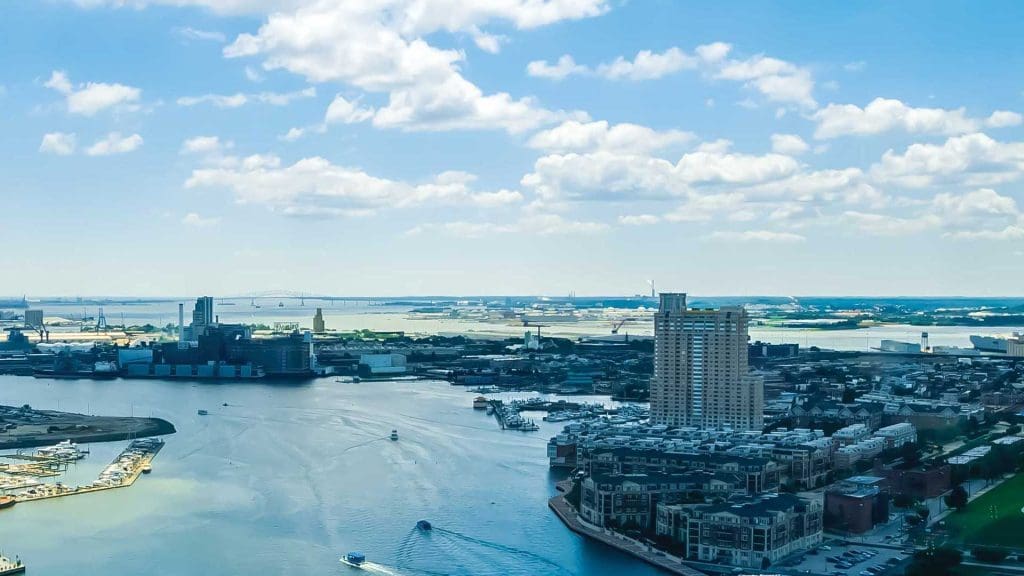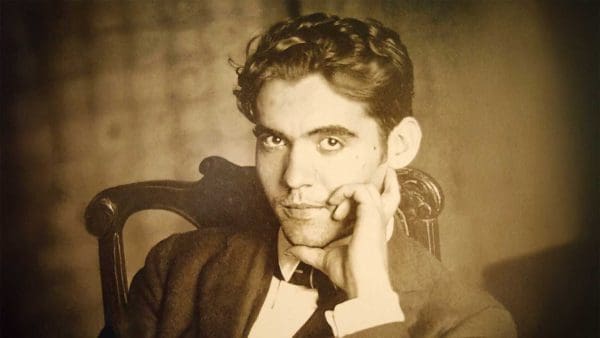
Harris Feinsod sees oceans—which cover fully 71 percent of Earth’s surface—as a repository of essential stories in a moment of “coastal transformation in a particularly volatile hydrosphere.”
As a research professor in the English department, Feinsod’s work in the “blue humanities” seeks to advance the ways in which historians and literary scholars investigate the questions posed by our interactions with these vast waters in art, landscape, and commerce.
“Oceans are spaces that are hard to think about in historical terms and in cultural terms,” he observes. “They resist narration in lots of different ways.”
Feinsod is the guiding force behind The Tidewater Initiative—a new multidisciplinary locus for research and public events. He has pursued this work under the rubric “Shifting Shorelines” with colleagues at Northwestern University, but Feinsod views Johns Hopkins as a perfect place to extend the conversation.
“Right there in Gilman Hall, [environmental pioneer] Rachel Carson kept an eel tank in her student lab around 1930,” says Feinsod. “John Barth [author of The Sot-Weed Factor] spent a long time as a great figure of Tidewater storytelling. There is a long Hopkins-specific history of blue humanities to reclaim.”
Baltimore legacies
Feinsod teaches a Humanities Research Lab (Port of Call: Baltimore) that unlocks the legacies of the city’s waterfront for Hopkins undergraduates. “We’re turning up artists and writers and journalists who were compelling narrators,” he says. “We’re also interested in how the port tells its own stories—and how to read between the lines.”
Venturing directly into the landscapes that link humans and the sea is an essential class activity. “We visit marine terminals and wetlands, abandoned piers and islands made of dredge material,” says Feinsod, “but also industrial archives and municipal archives. We are thinking through the forgotten histories of the Port of Baltimore.”

We are thinking through the forgotten histories of the Port of Baltimore.”
Harris Feinsod
Feinsod says his students are finding answers “to urgent questions that they want to address” on the environment, energy, and labor. But he adds that they also “are gaining a sense of how to bu
ild narratives—historical narratives, but also cultural narratives—around the immediacy of their observations, and using non-computer-assisted modes of observation.”
A course that he will teach in the fall on the literature of the sea also will connect creative works to physical spaces and human journeys: “I like to think of it as from ‘Columbus to the container ship,’” he says.
The ocean in modernist literature
Feinsod’s interest in oceans also flows deeply into his own writing and scholarship. He is at work on a study of modernist literature in the age of the steamship in the early- and mid-20th century.
“It was a time when industrial seaways were the circulatory system of globalization,” he says, “and where also you could see the shocks and limits to that system.”
Feinsod says that the currents of that particular moment ran thick with events that remain fiercely relevant in our own time: sailors and dockers of that era diagnosed the rise of stateless people, and what it meant to live through epochal transformations in the nature of work, technology, and trade. “There are all these fascinating narrative lessons to be learned about how we talk about the experience of globalization,” he says.




